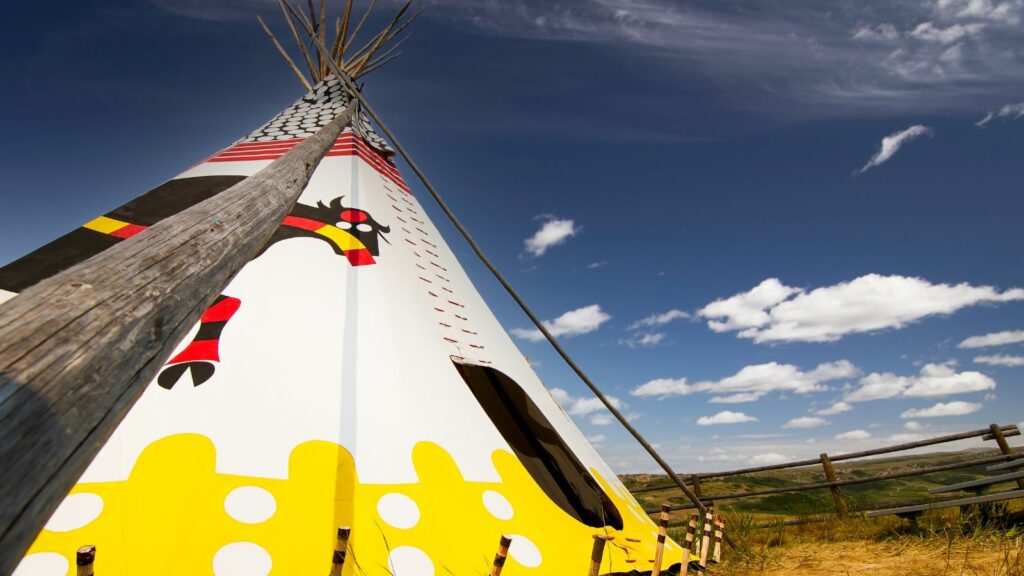In recent years, a wave of Canadian companies has sparked interest across the border for their innovation, ethics, and unique identity. While American brands often dominate global markets, an increasing number of U.S. businesses are now borrowing ideas, strategies, and even aesthetics from Canadian originals. Here’s a look at 25 Canadian brands that are not only thriving but being closely watched, and copied by Americans.
Canada Goose
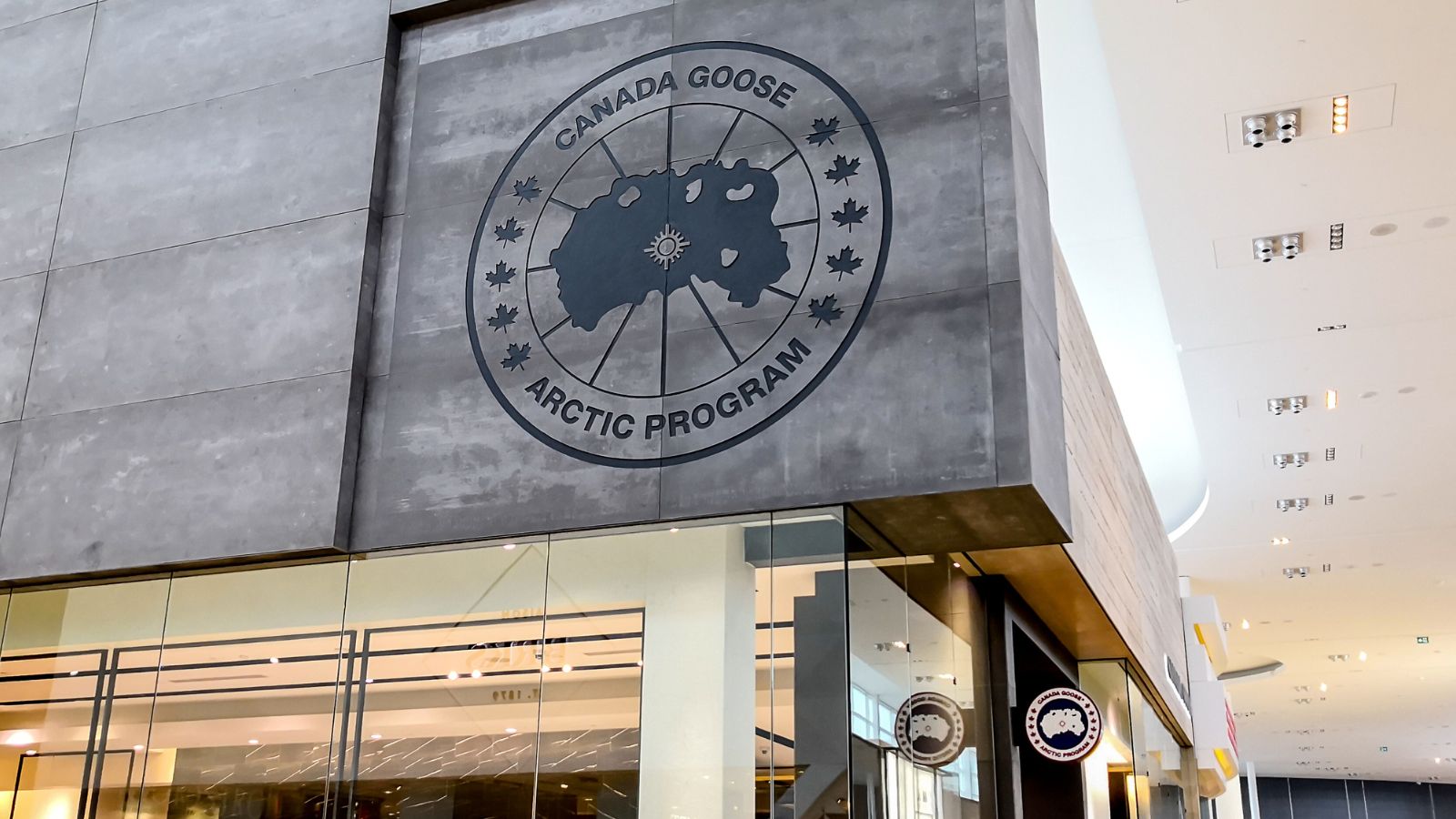
Originally designed for Arctic expeditions, Canada Goose has become a symbol of luxury outerwear. Its blend of functionality and fashion-forward design attracted global celebrities and athletes. American brands have taken cues, developing cold-weather wear with a premium look and story. Unlike many U.S. brands that outsource, Canada Goose’s made-in-Canada ethos and emphasis on ethical sourcing have set it apart. U.S. outerwear competitors, such as The North Face and Columbia, have adapted their messaging to incorporate more sustainability language and heritage-based marketing in response to Canada Goose.
Roots
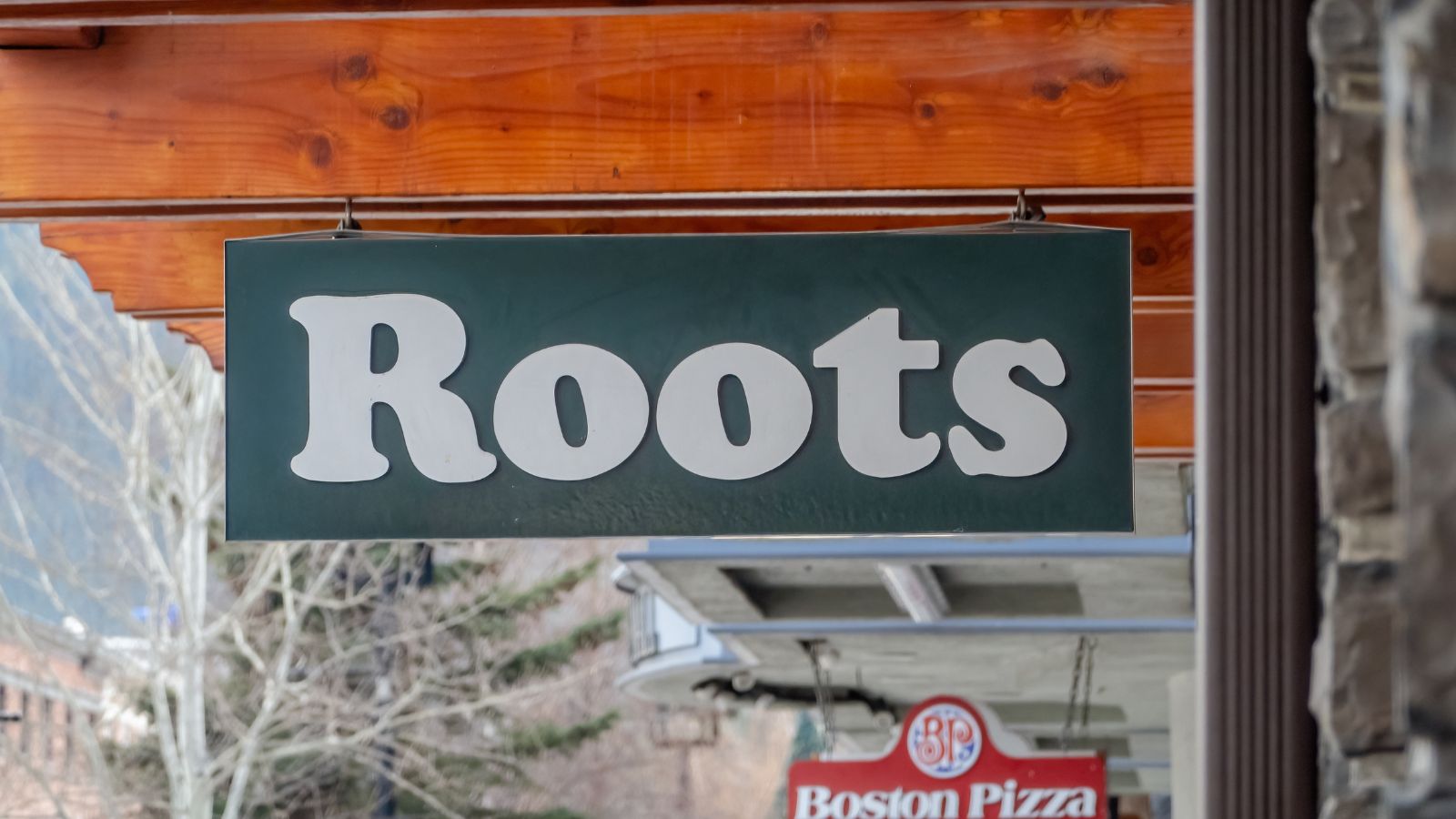
Roots began as a small leather goods store in Toronto and evolved into a lifestyle brand that combines comfort, Canadiana, and craftsmanship. Its sweatpants, salt-and-pepper hoodies, and leather bags have become symbols of relaxed style. In the U.S., brands like L.L. Bean and American Eagle have drawn inspiration from Roots’ cozy aesthetic and heritage focus. The appeal lies in the understated, feel-good branding that evokes authenticity without being overly obvious. American brands increasingly echo Roots’ combination of nostalgia, nature, and ethical manufacturing.
Aritzia

Aritzia mastered the formula of minimalist luxury for young professional women. U.S. brands like Everlane and Reformation now mimic its in-house labels and chic boutique feel. What sets Aritzia apart is its control over branding and product lines. Unlike many U.S. chains that rely on third-party labels, Aritzia crafts every aspect in-house. American retailers are emulating their design consistency and upscale store experiences as they strive to attract a similar loyal demographic of young, affluent shoppers.
Lululemon
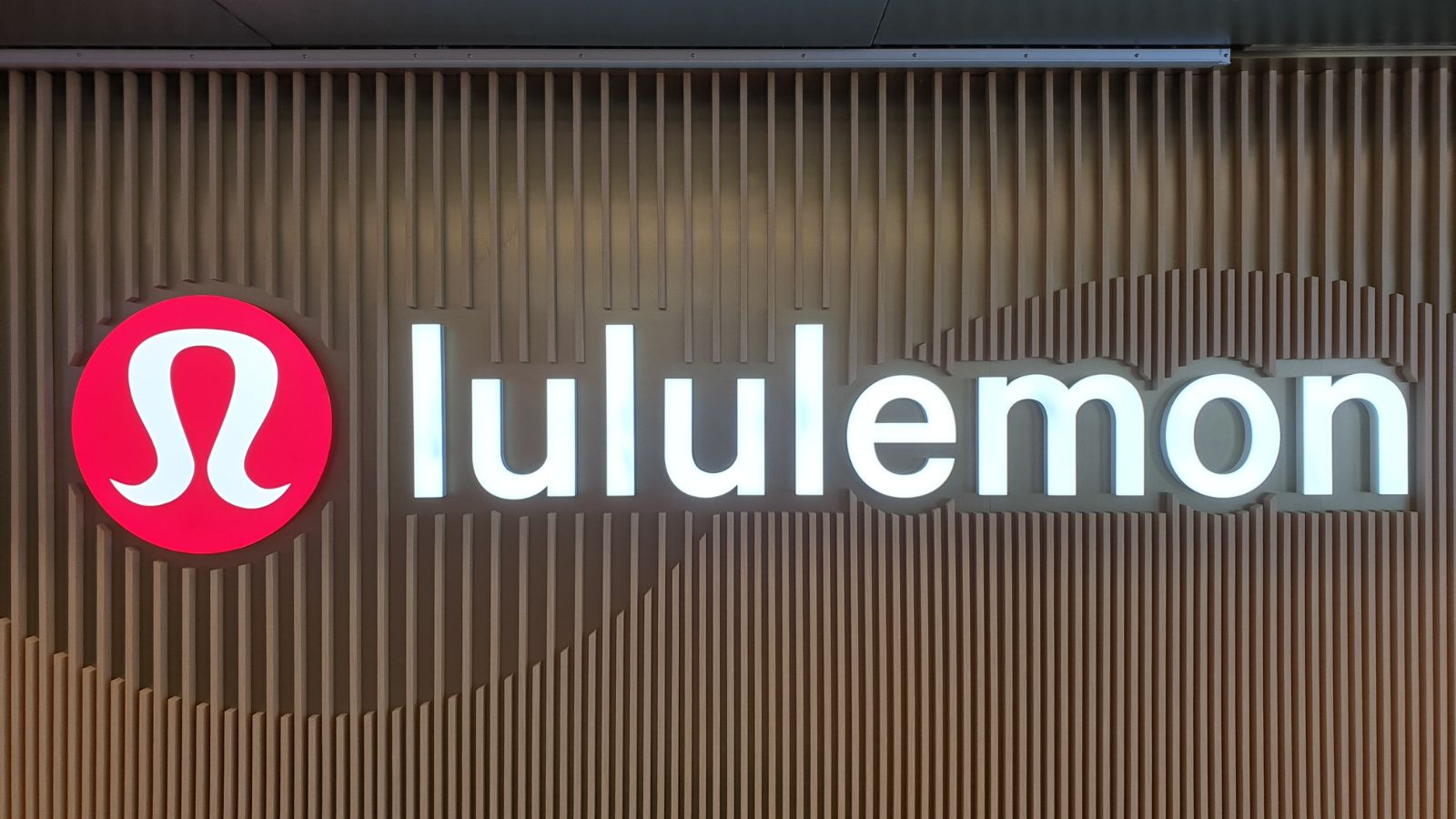
Once a niche yoga brand in Vancouver, Lululemon revolutionized activewear by merging performance and fashion. Athleisure exploded in popularity, and U.S. companies like Nike and Under Armor quickly followed suit. But few matched Lululemon’s community-centric marketing and studio-like stores. Today, American startups launching “wellness wear” or lifestyle fitness brands often cite Lululemon as their north star. Lululemon’s formula, premium pricing, lifestyle branding, and in-store events have influenced a whole generation of American fitness wear companies.
Joe Fresh

Joe Fresh made affordable fashion accessible through grocery store aisles. This unusual pairing gave it a wide reach across Canadian households. U.S. chains like Target and Walmart now replicate this strategy by introducing in-house clothing brands with better design and seasonal drops. Joe Fresh emphasized fashion-forward basics at affordable prices, a trend that major American retailers are now actively trying to refine and replicate, albeit with varying degrees of success.
Tim Hortons
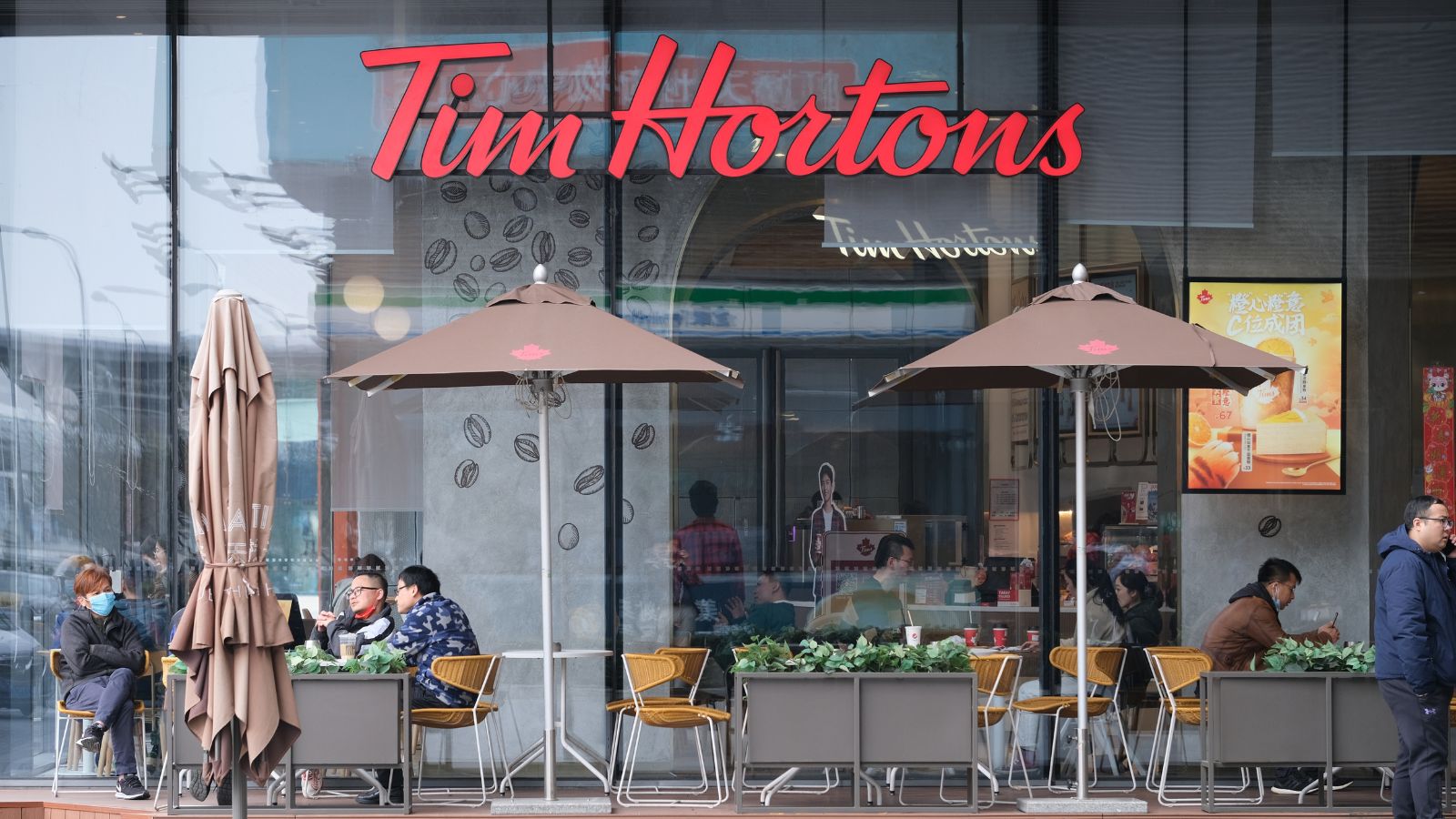
While Tim Hortons may not have cracked the U.S. as strongly as Starbucks dominates Canada, its community-based model and menu simplicity have influenced U.S. chains. American coffee startups are now mimicking Tim’s emphasis on familiarity, value-priced items, and a strong local identity. While Starbucks leans upscale, new U.S. brands are adopting the neighborhood-focused, accessible feel that made Tim Hortons a cultural fixture in Canada.
MEC (Mountain Equipment Company)
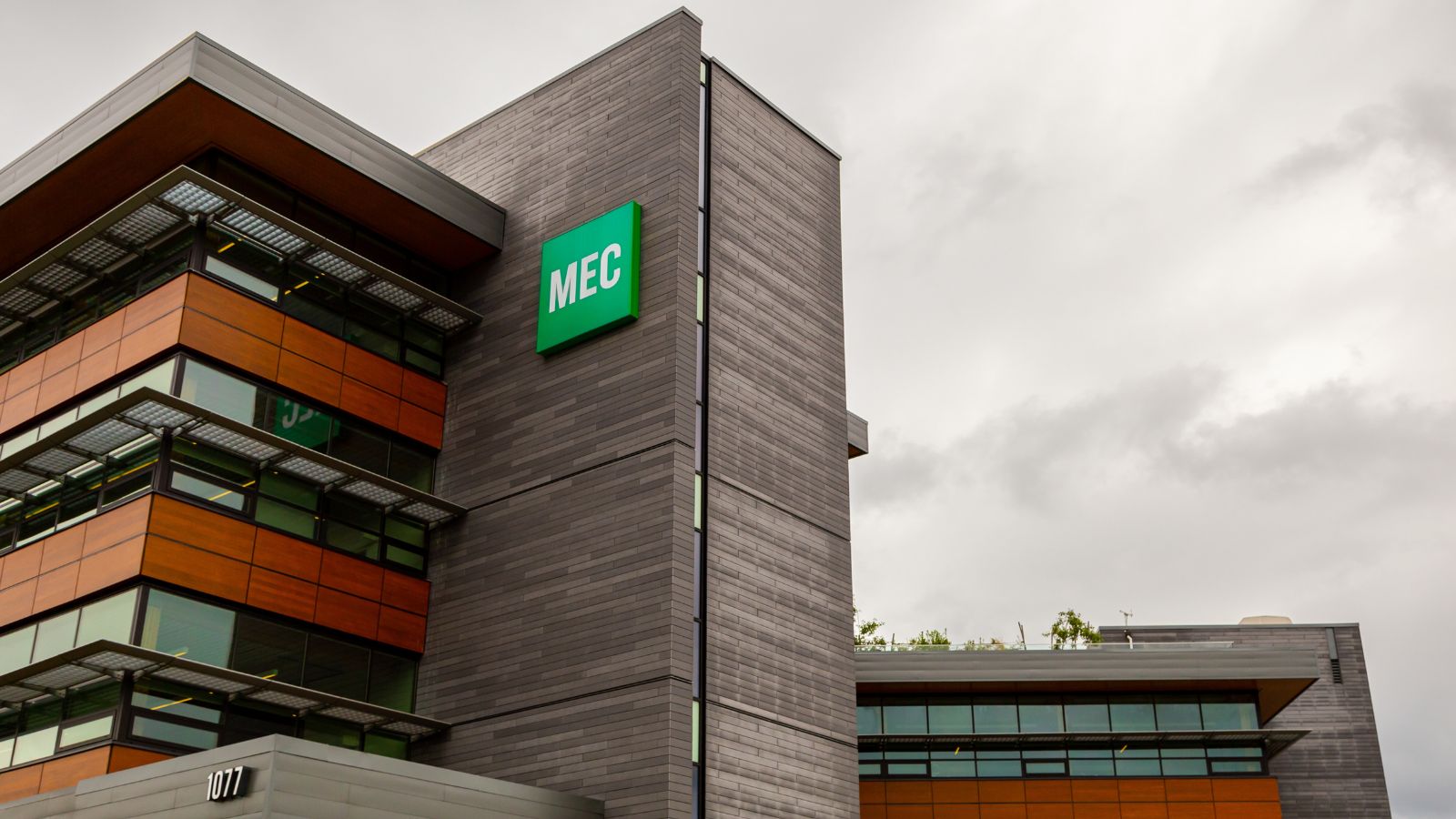
MEC was once a cooperative known for its high-quality outdoor gear at fair prices. Although the brand underwent restructuring, its legacy endures in the growing trend of U.S. outdoor brands prioritizing sustainability, cooperatives, and purpose-driven retail. Companies like REI have shifted toward MEC-style messaging that highlights shared values, transparency, and environmental stewardship. MEC’s influence is still evident in how American brands present their commitment to the community and the outdoors.
Shopify
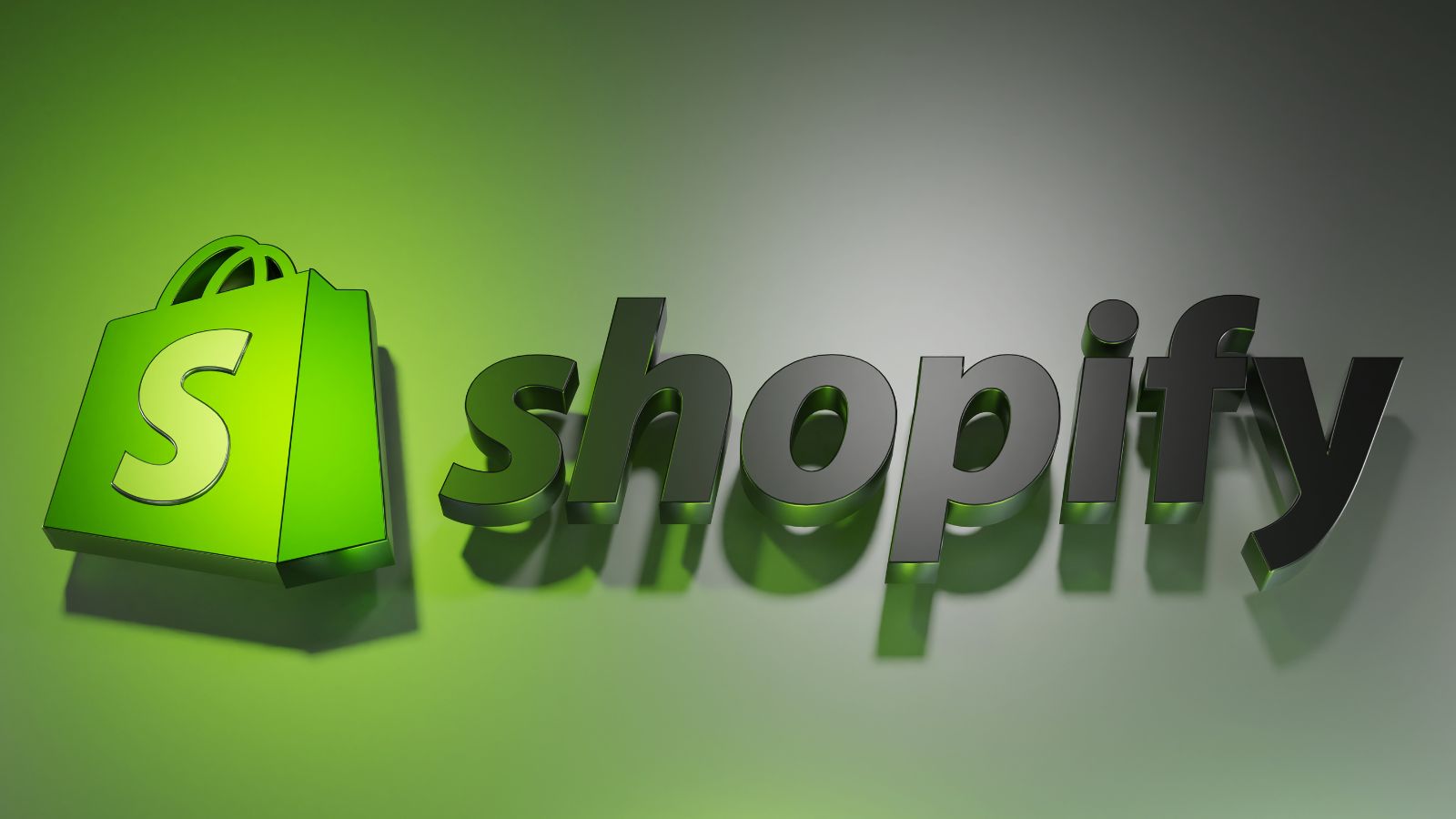
Shopify transformed e-commerce by giving small businesses powerful tools to compete with giants. Its user-friendly platform helped democratize digital retail. American startups are now trying to replicate Shopify’s simple backend, multi-channel integration, and scalability. U.S. tech companies building retail SaaS platforms often follow Shopify’s example in prioritizing user experience, sleek interfaces, and strong developer ecosystems. Shopify has even inspired American giants like Square and Amazon to build more SMB-friendly tools.
Cirque du Soleil
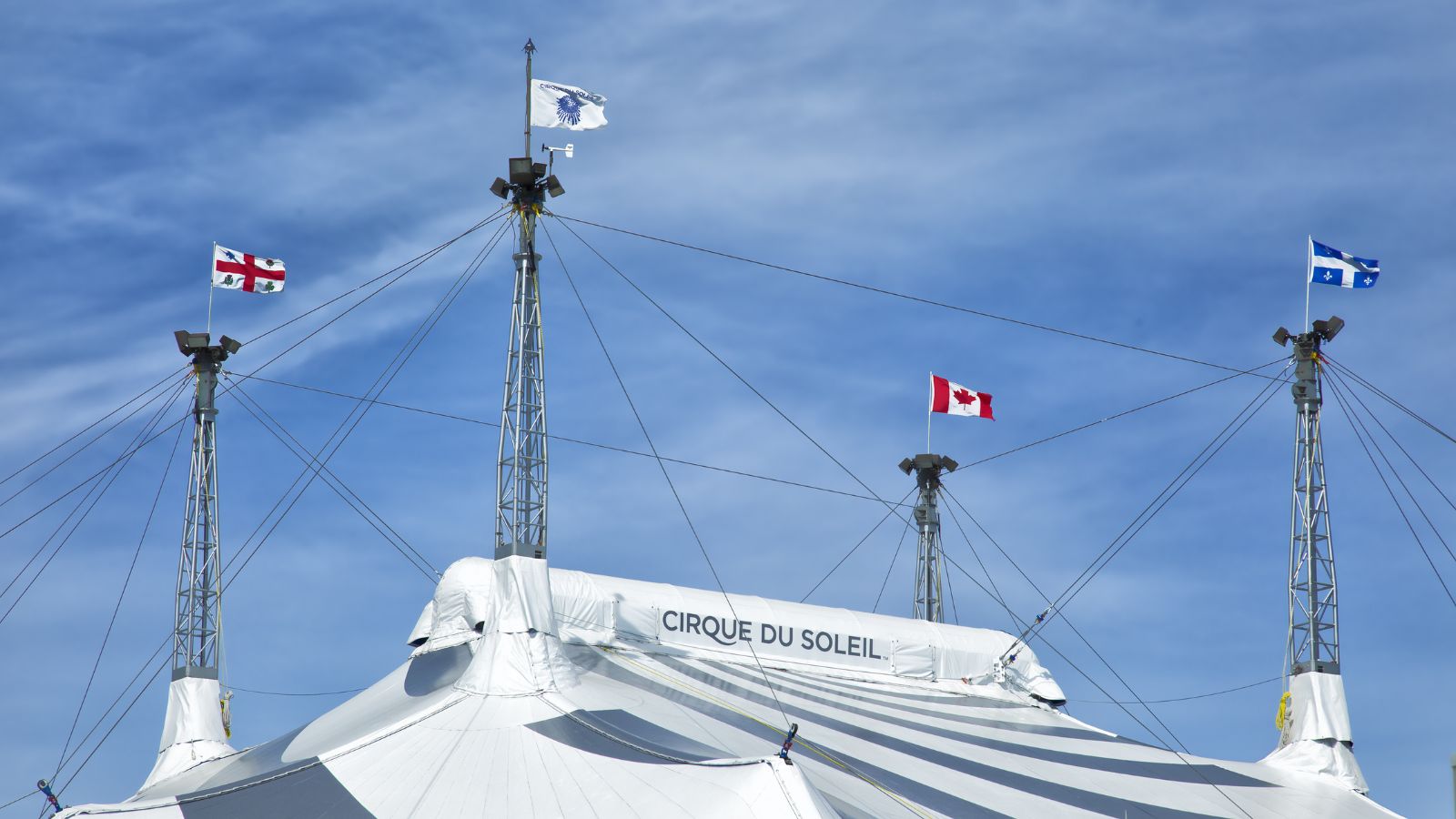
Cirque du Soleil redefined what a modern circus could be. By removing animals and focusing on theatrical storytelling and acrobatics, it turned circus acts into Broadway-level entertainment. U.S. shows in Las Vegas and elsewhere now borrow heavily from this format, with immersive, artistic productions becoming increasingly common. Cirque’s legacy influenced everything from concert tours to Disney Park shows, and American event production companies aim to achieve the same emotional and visual impact.
Aldo
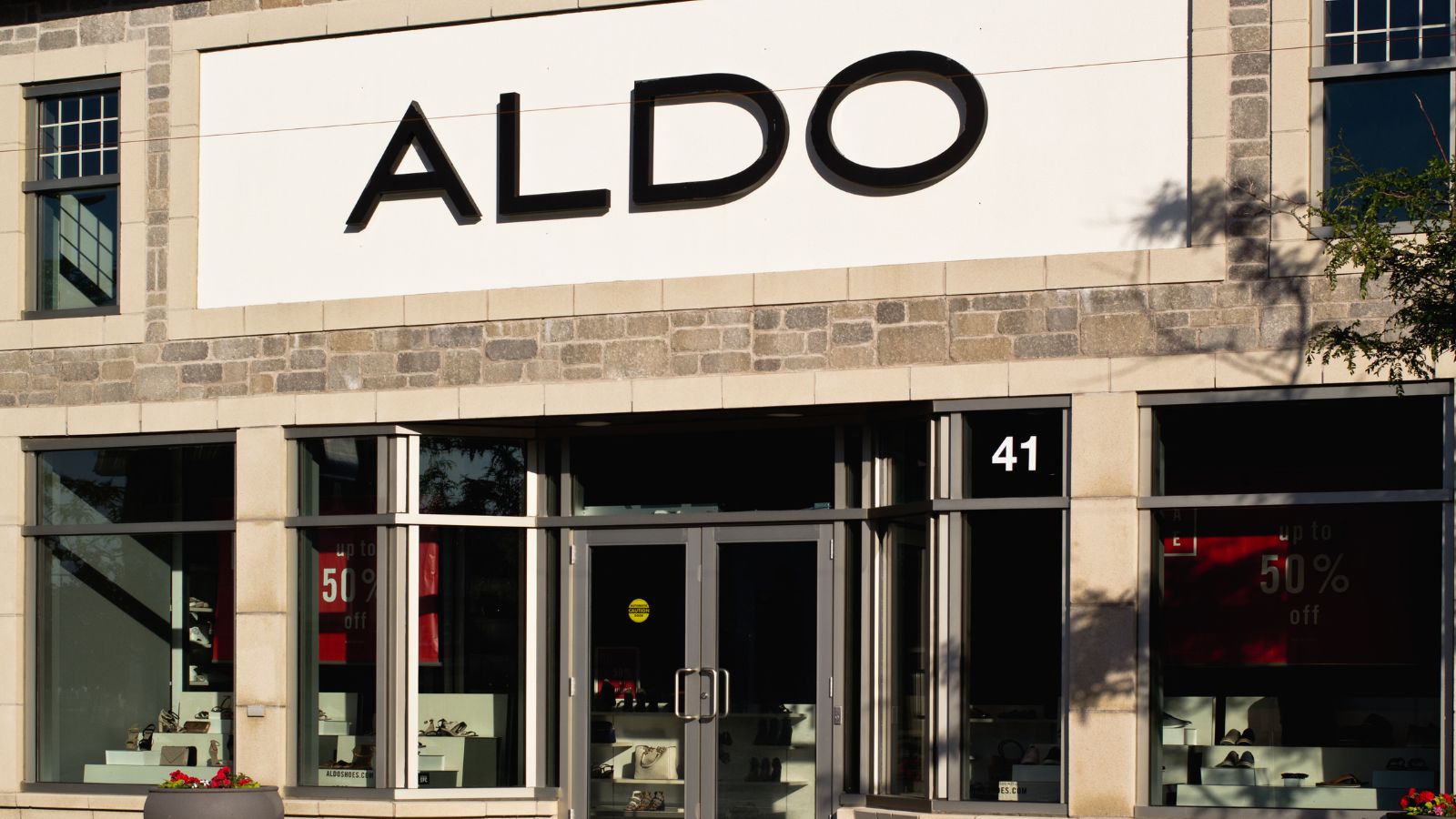
Aldo offered stylish footwear at mid-range prices long before fast fashion dominated. American shoe brands have tried to emulate its mix of fashion-savvy and affordability. Aldo’s sleek store designs and fast product turnover model are now being adopted by U.S. brands aiming to stay relevant with Gen Z and Millennials. Even DSW and Steve Madden have shifted their approach to trend forecasting and product refreshes in ways reminiscent of Aldo’s strategies.
Frank And Oak
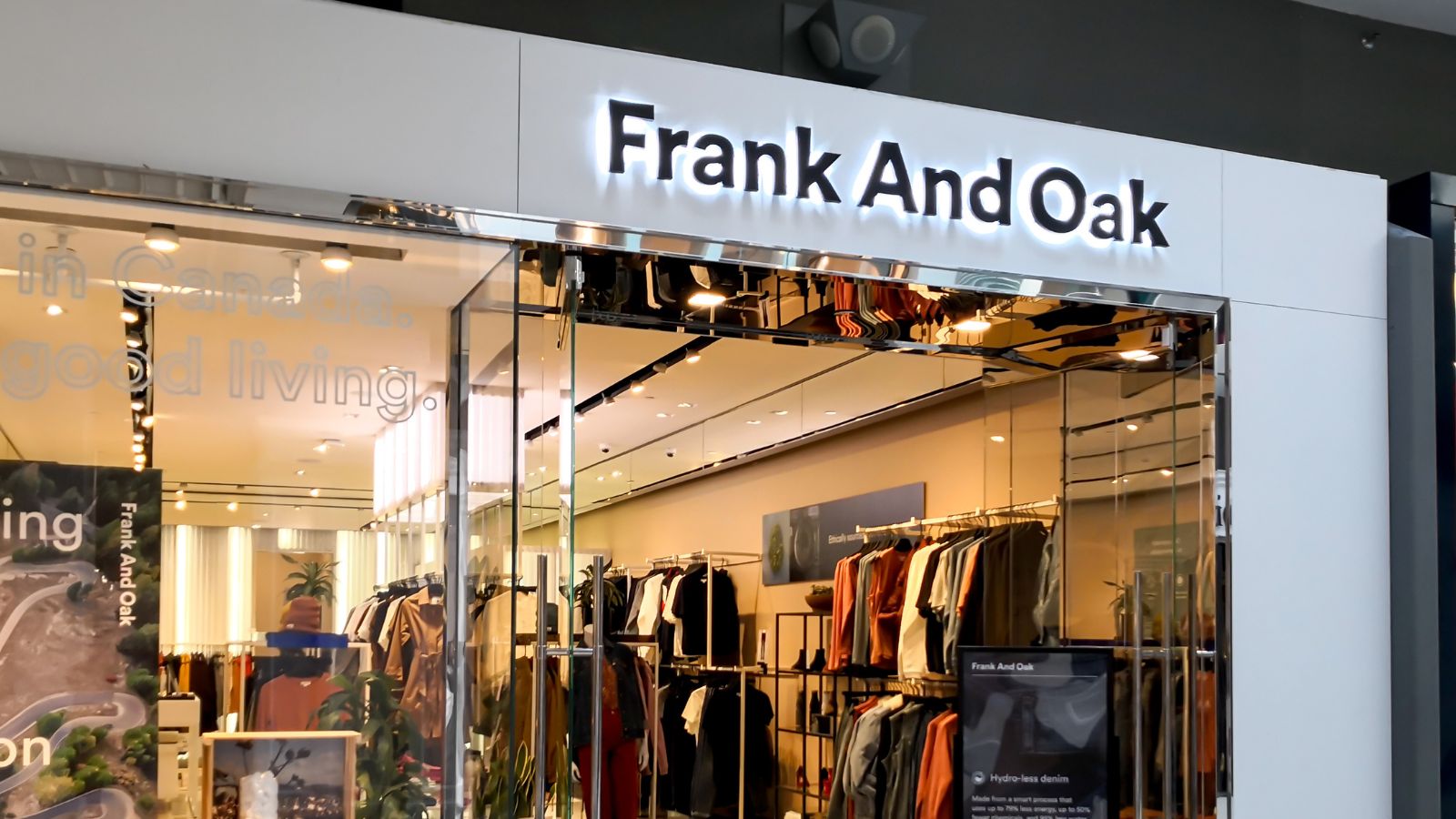
Montreal-based Frank And Oak gained popularity through its eco-friendly, minimalist menswear. Its direct-to-consumer model and subscription boxes caught the eye of American startups. Brands like Stitch Fix and Buck Mason have taken cues from Frank And Oak’s emphasis on sustainability, curated basics, and storytelling. American brands looking to blend fashion with environmental consciousness often reflect the tone and tactics pioneered by Frank And Oak.
Peace by Chocolate
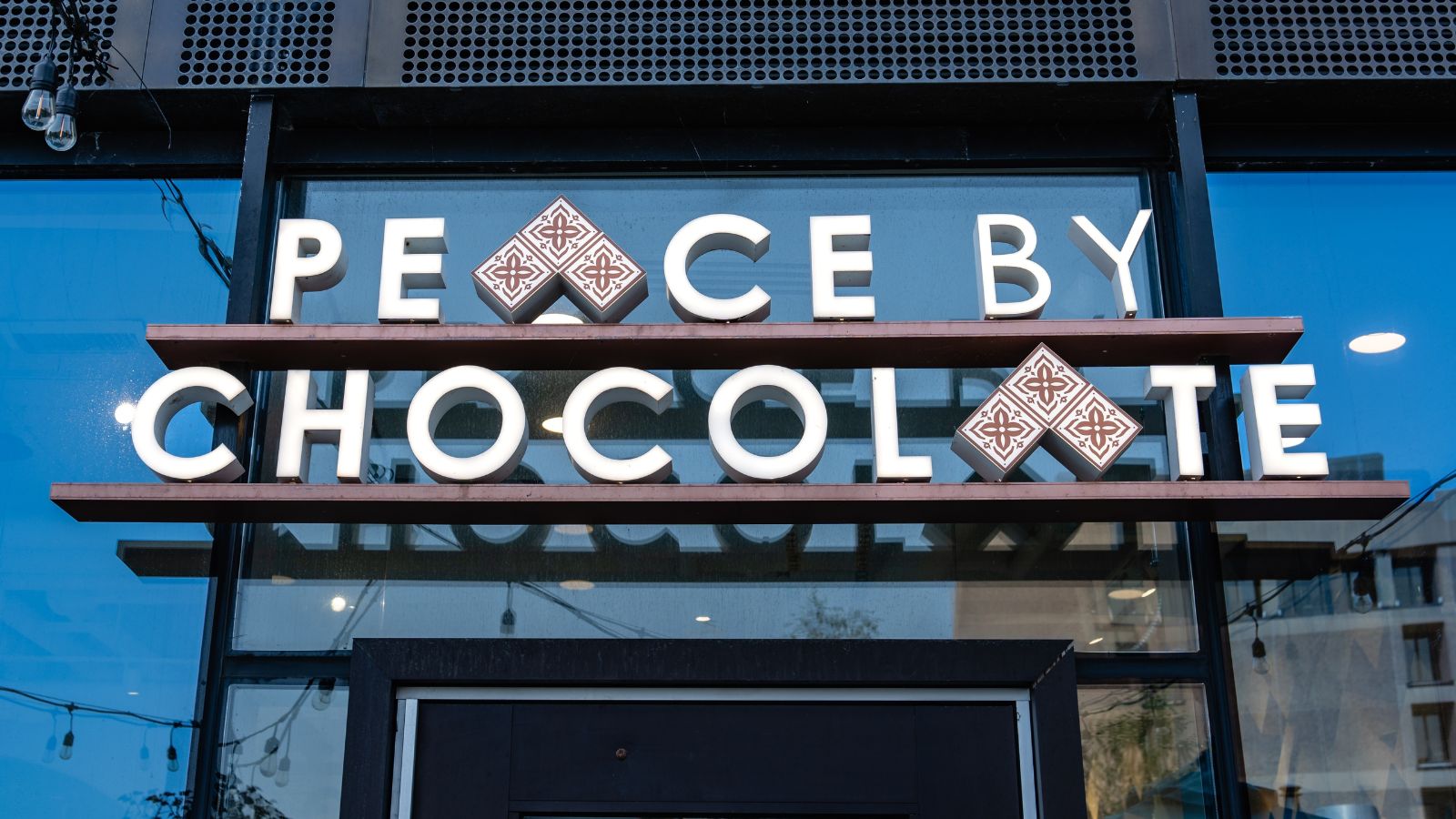
This Nova Scotia chocolate brand gained recognition for both quality and story. Founded by a Syrian refugee family, it quickly became a national symbol of hope and resilience. American brands are increasingly blending social missions with gourmet food, a move partly inspired by the success of Peace by Chocolate. Food companies in the U.S. now often emphasize immigrant entrepreneurship, social justice, and community building in ways that mirror this Canadian brand.
Bite Beauty
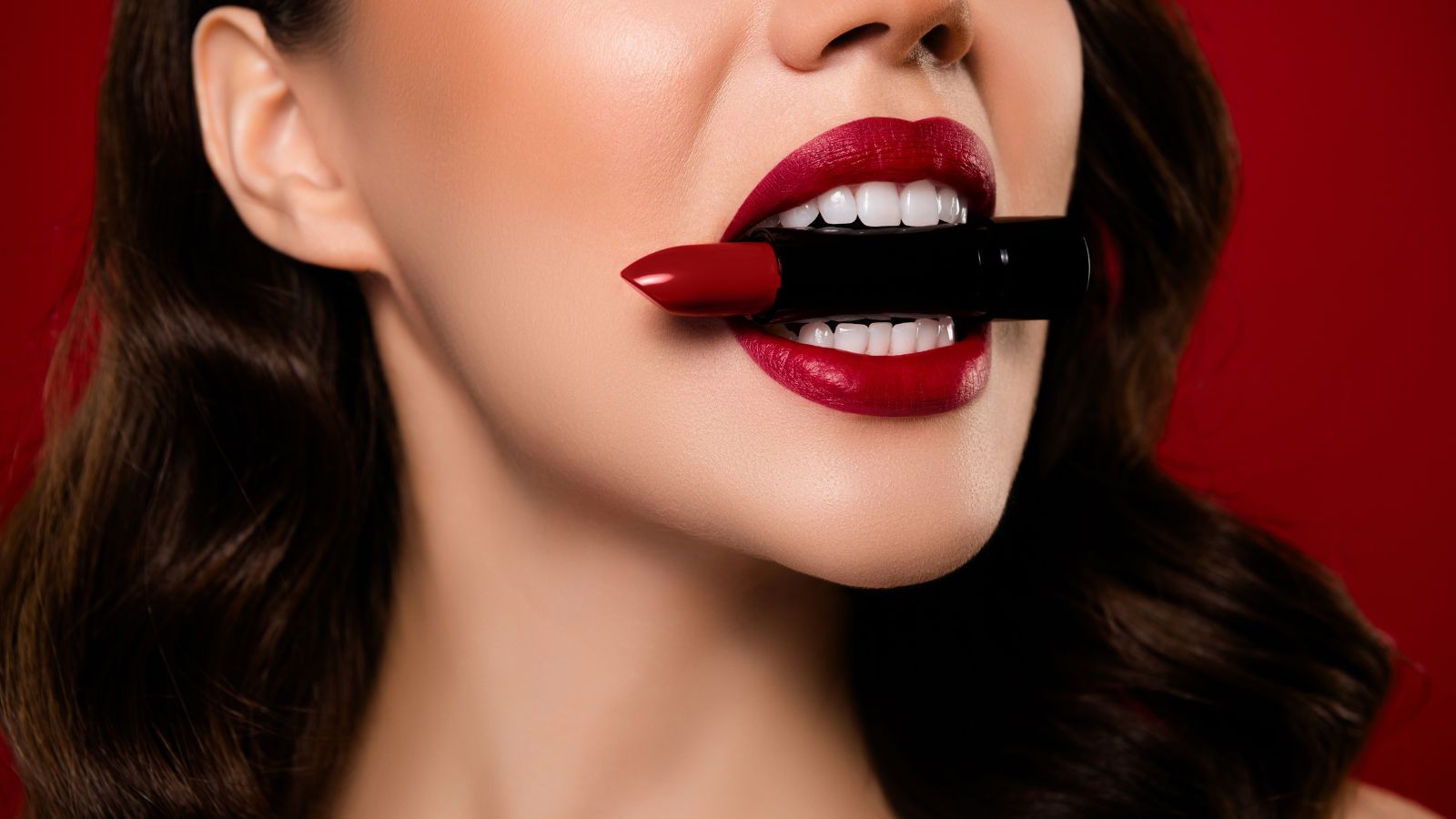
Bite Beauty, known for food-grade, natural lipsticks, hit a nerve with conscious consumers. The brand’s commitment to clean beauty, well before it became mainstream, influenced a wave of similar American startups. U.S. companies now push for cruelty-free, sustainable cosmetics with simplified ingredient lists, a model Bite established years ago. Even Sephora adjusted its “Clean at Sephora” lineup in response to the popularity of brands like Bite.
Goodfood
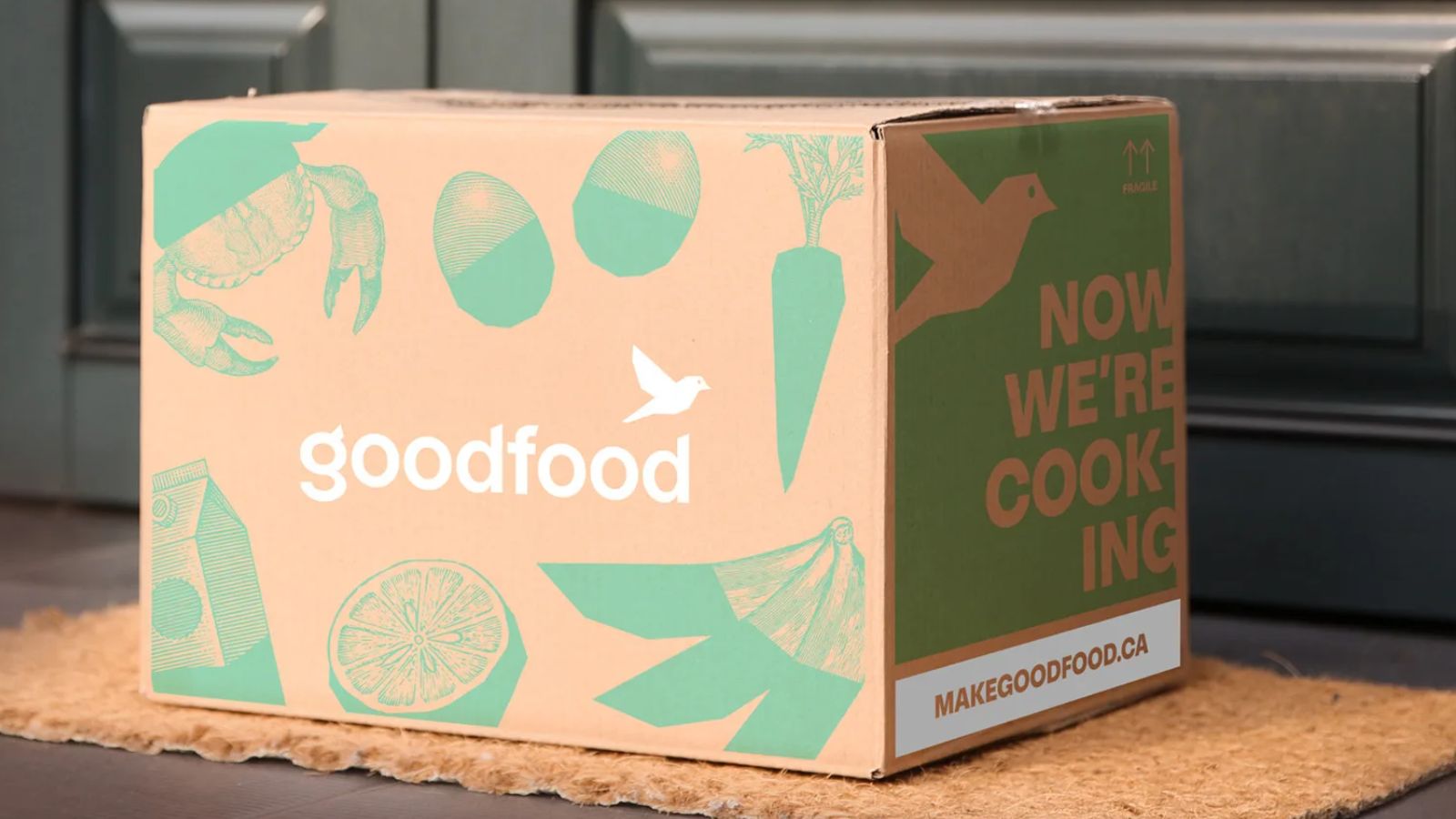
Goodfood built a Canadian meal-kit empire by focusing on local ingredients, simple recipes, and flexible subscriptions. American brands like Blue Apron and HelloFresh have borrowed heavily from this model, adapting it for local markets. The Canadian emphasis on produce quality and customizable plans influenced how U.S. companies now market freshness and adaptability. Goodfood’s rapid growth also highlighted the appetite for hybrid grocery-delivery models, which U.S. brands are now adopting.
Wattpad

Toronto-based Wattpad pioneered user-generated storytelling on a global scale. As a platform for amateur writers, it became a springboard for book and film deals. American platforms like Radish and Inkitt are modeled on Wattpad’s format of serialized fiction and community-driven engagement. Hollywood also took notice, with film adaptations and scouting increasingly tied to platforms like Wattpad. The brand normalized digital-first publishing for Gen Z.
Clearly

Clearly (initially Clearly Contacts) disrupted the prescription eyewear industry by offering affordable glasses online with a focus on convenience, transparency, and customer service. Years before similar U.S. companies like Warby Parker gained traction, Clearly pioneered the try-at-home model, streamlined digital prescriptions, and simple virtual try-ons. Its pricing transparency, fast turnaround, and customer-centric policies attracted loyal buyers and changed how people viewed online eyewear. Plus, Clearly’s early adoption of blue light filtering lenses and eco-conscious packaging also set industry trends.
Couche-Tard
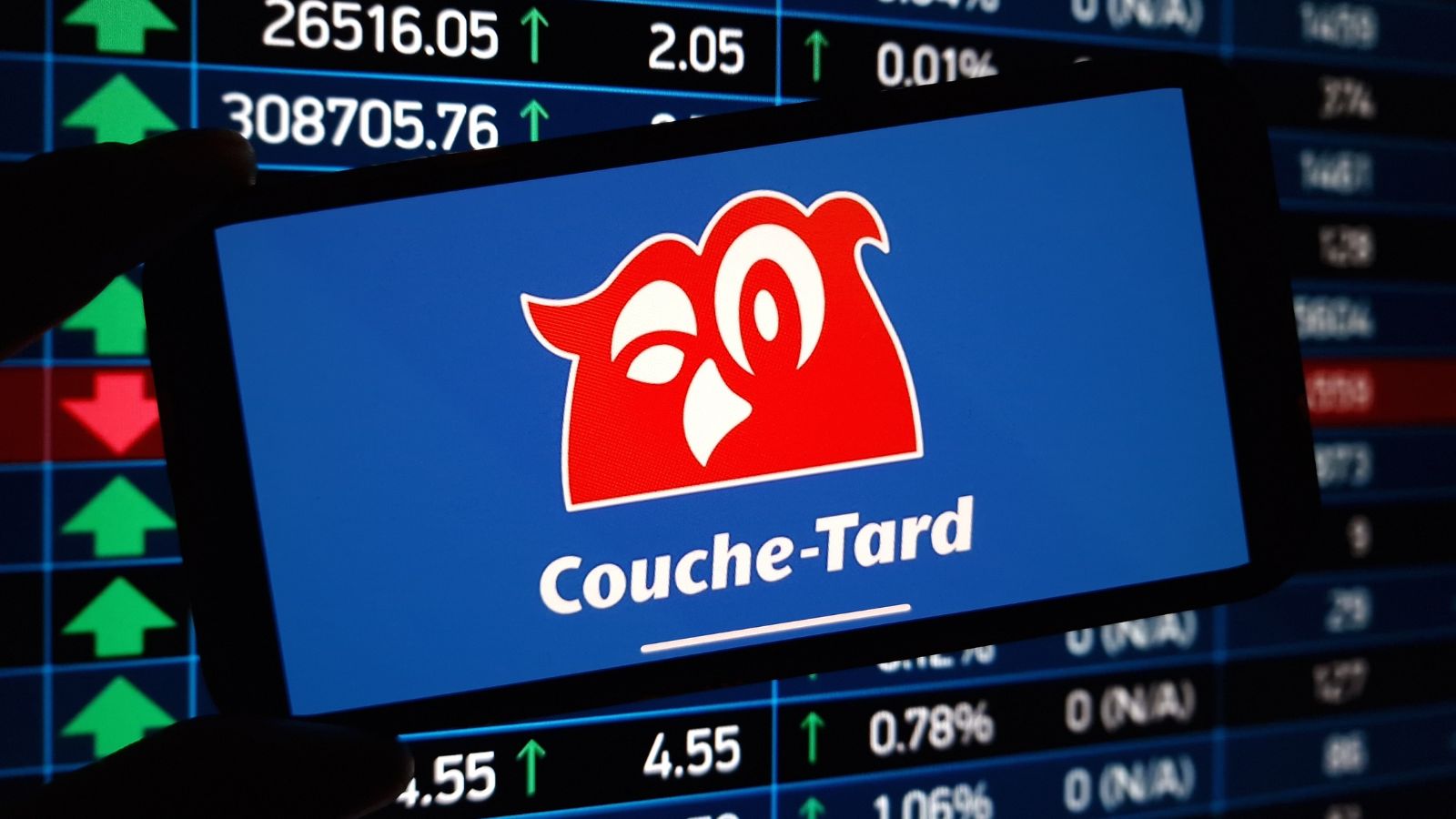
Couche-Tard, based in Quebec, is the global force behind Circle K and operates thousands of convenience stores worldwide. While U.S. brands like 7-Eleven have long dominated the convenience market, Couche-Tard has elevated expectations. Its stores emphasize cleanliness, strong coffee, healthy snack options, and digital innovation through loyalty apps and self-checkout systems. U.S. gas station chains are now mirroring this formula by modernizing interiors, improving fresh food offerings, and deploying better tech. Couche-Tard’s efficiency and global vision, especially its smart acquisitions in the U.S. and Europe, make it a blueprint for convenience retail that American companies are eager to emulate.
Freshii
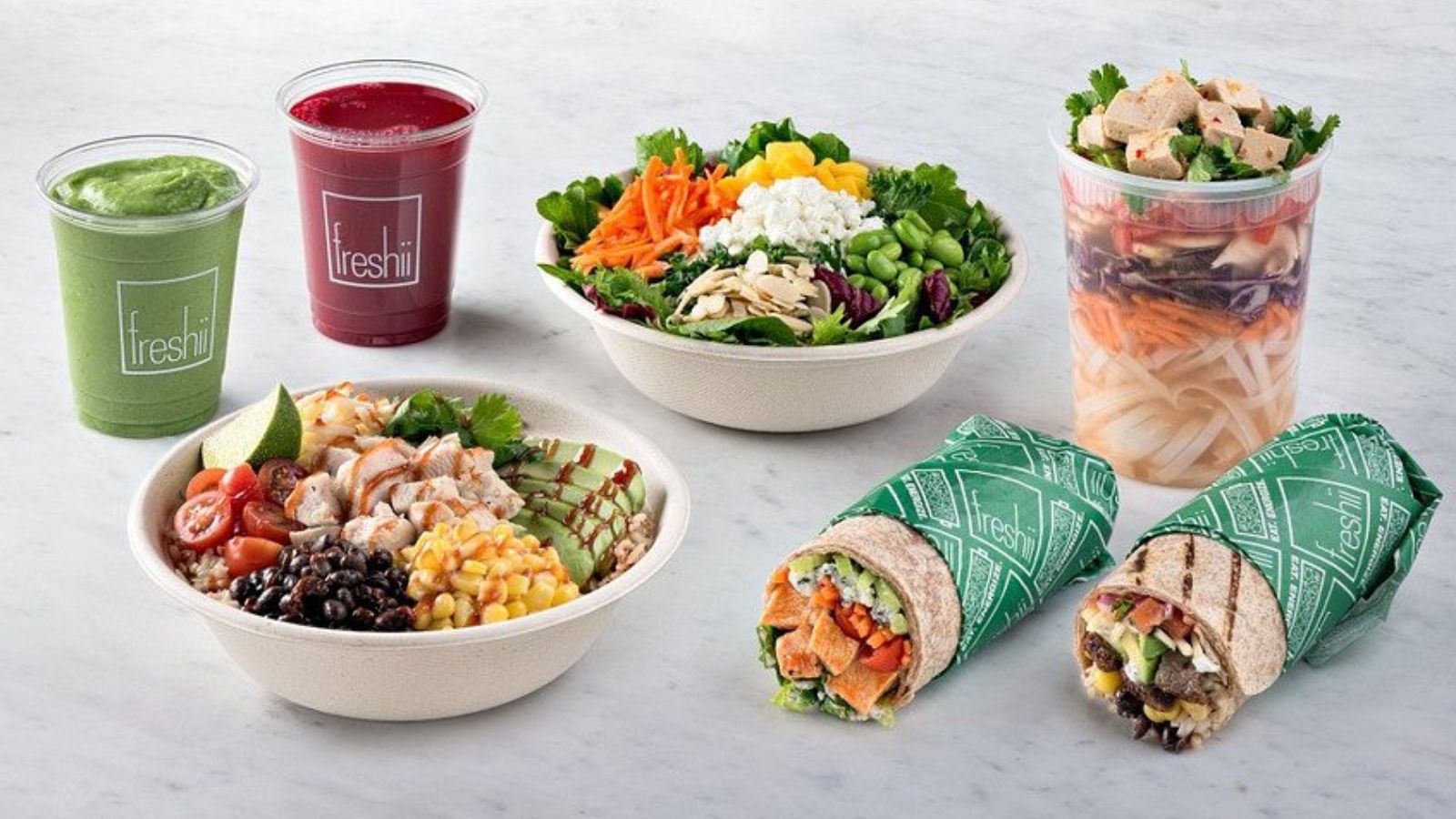
Founded in Toronto, Freshii emerged as a health-conscious fast food brand offering customizable bowls, burritos, and smoothies. Its premise of nutritious food, served quickly and transparently, stood in contrast to traditional greasy fast food. American chains like Sweetgreen, Chopt, and Just Salad took cues from Freshii’s clean menus, calorie counts, and open-kitchen layouts. But Freshii also innovated in tech: implementing app-based orders, remote kitchen models, and partnerships with wellness providers. Also, its approach to marketing healthy eating as accessible, not elite, appealed to urban consumers across borders and set a tone that American counterparts now try to match.
Saje Natural Wellness
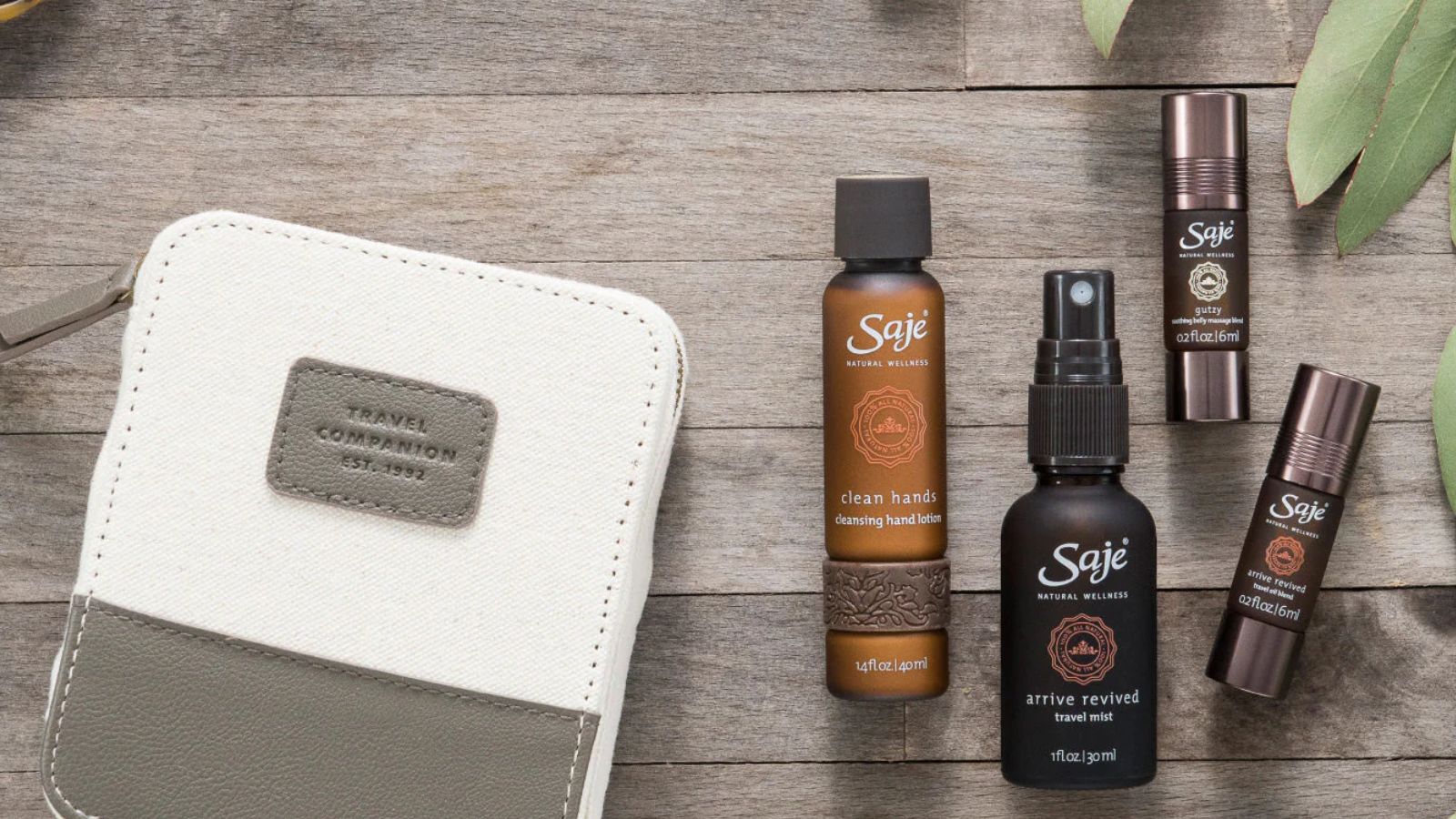
Saje Natural Wellness carved a niche in the crowded wellness industry through its strong focus on aromatherapy, natural ingredients, and immersive in-store experiences. While U.S. brands like Bath & Body Works have historically leaned more toward fragrance and bath products, Saje has leaned into essential oils, home diffusers, and wellness routines with a holistic approach. The result was not just a product line, but a lifestyle brand built on calm, clarity, and self-care. American wellness companies now follow this path with curated wellness blends, in-store scent stations, and crossovers between personal care and mental wellness. Saje’s experiential retail strategy set a new benchmark.
Herschel Supply Co.
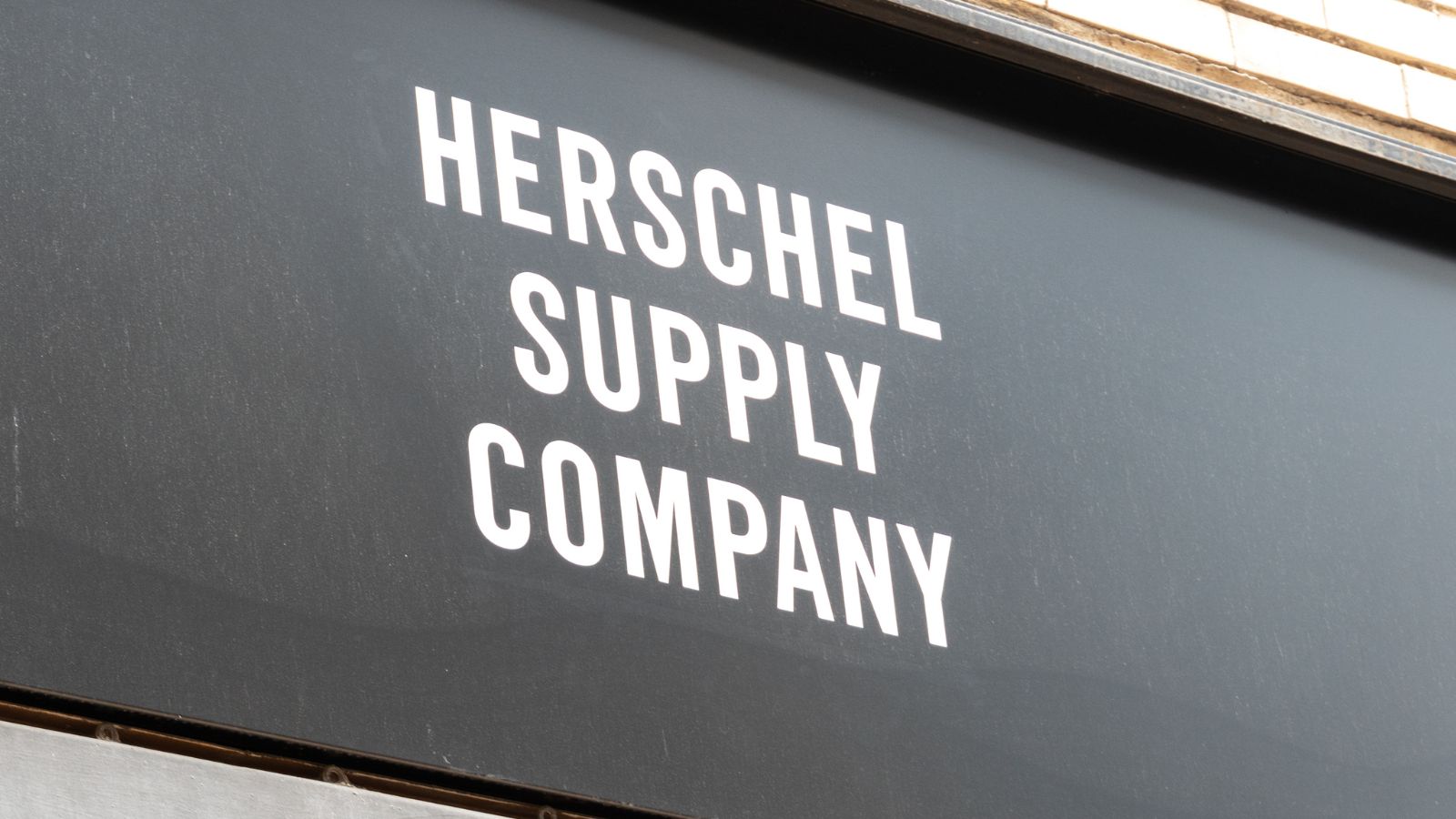
Founded in Vancouver, Herschel Supply Co. transformed a basic item —the backpack —into a lifestyle staple through clean design, heritage branding, and aspirational imagery. Its minimalist yet nostalgic look appealed to students, professionals, and travelers alike. The American market quickly took note. Brands like JanSport and Eastpak began revamping product lines to include sleeker aesthetics and lifestyle storytelling. Also, Herschel’s savvy use of social media and collaborations with artists and designers influenced how U.S. brands approach their brand identity. Even luggage and accessories companies in the U.S. have adopted similar design cues to stay relevant with Gen Z and millennial consumers.
Purdys Chocolatier
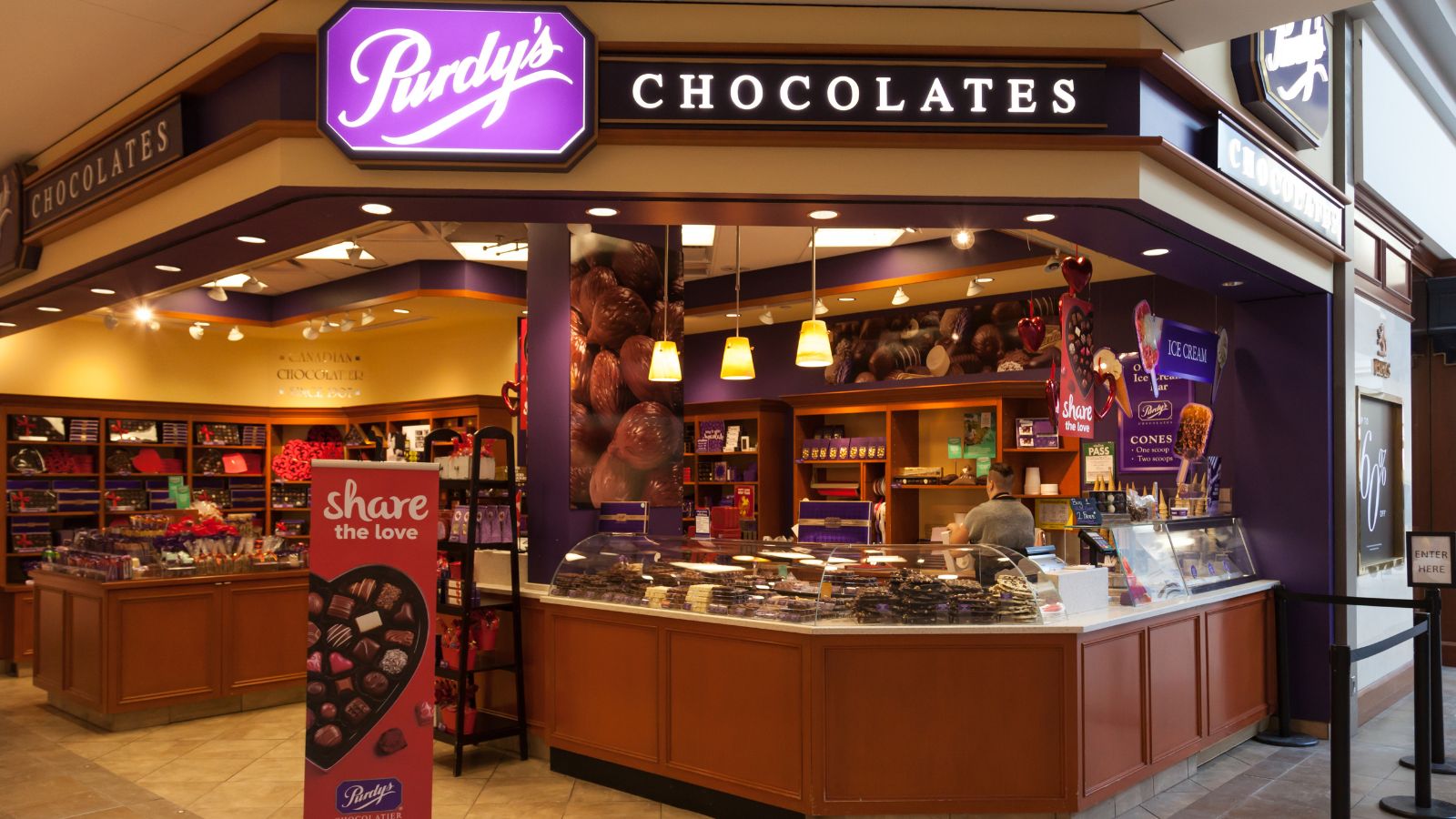
Founded in Vancouver over a century ago, Purdys built its legacy on premium ingredients, small-batch craftsmanship, and customer engagement. The company stood out with in-store samples, seasonal collections, and nut-free options, all wrapped in iconic purple packaging. As American consumers grew more conscious about food quality and origin, U.S. chocolatiers began to emulate Purdys’ approach. Brands now offer artisanal packaging, transparent sourcing, and holiday-specific lines in response to what Purdys pioneered. The brand’s combination of tradition, innovation, and community engagement has pushed American chocolate makers to elevate their offerings beyond the mass-produced mold.
6ixBuzz

Originally a Toronto-based Instagram page, 6ixBuzz has evolved into a massive media platform that represents urban Canadian culture through music, memes, news, and viral content. It’s raw, hyper-local style mirrors what platforms like WorldStarHipHop did in the U.S., but with a Canadian twist. Now, U.S.-based meme pages and music-focused platforms are copying 6ixBuzz’s regional pride, edgy tone, and ability to break emerging artists. American media outlets also began to mimic its social-first strategy, rapid-fire video drops, and hybrid content that combines memes and news, aimed at younger audiences. 6ixBuzz proved you don’t need traditional media muscle to build influence.
The Ordinary (DECIEM)

The Ordinary, from Toronto’s DECIEM umbrella, disrupted the global skincare market with high-quality, single-ingredient products at radically low prices. Its packaging was plain, and marketing minimal, a stark contrast to the glossy, over-promising American skincare norm. Yet it earned cult status for transparency and science-backed formulations. U.S. skincare startups soon followed, offering their own “clinical-looking” products that often mimicked The Ordinary’s aesthetics, price points, and philosophy. Major American retailers even changed their product listings to align with this no-nonsense skincare model.
WildBrain

WildBrain, the Canadian media company behind shows like Caillou, Teletubbies, and Inspector Gadget, is redefining children’s entertainment by integrating classic IP with YouTube-first strategies. As streaming outpaces traditional TV, WildBrain’s digital-first approach has become a model for American producers. It operates one of the largest global kids’ networks on YouTube, showing U.S. creators how to balance education, entertainment, and algorithm-friendly content. U.S. studios are increasingly mimicking WildBrain’s techniques, from shorter episode formats to interactive storytelling, as they compete in the attention economy. The company also excels in monetizing nostalgia by revitalizing old shows with new formats.
Indigenous Tourism Association of Canada (ITAC)
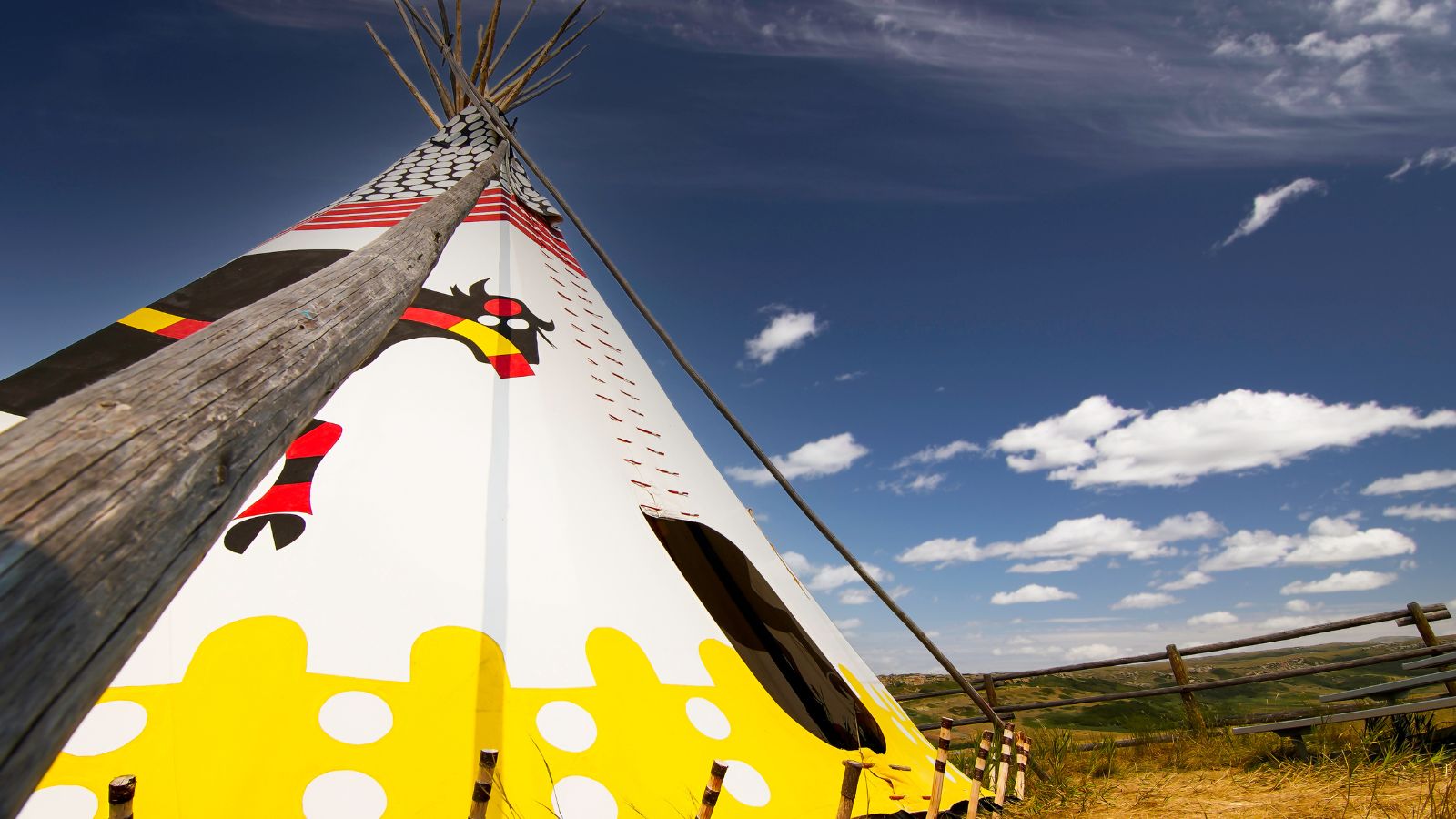
The Indigenous Tourism Association of Canada has created a globally recognized model for ethical, community-led tourism. Unlike traditional tourism, which often exploits cultural elements, ITAC ensures that Indigenous communities control the narrative, benefit economically, and preserve their traditions. Its approach to promoting cultural authenticity and environmental stewardship has drawn attention from tourism boards across the U.S. Native American communities and travel groups are now establishing similar frameworks based on ITAC’s model.
21 Products Canadians Should Stockpile Before Tariffs Hit

If trade tensions escalate between Canada and the U.S., everyday essentials can suddenly disappear or skyrocket in price. Products like pantry basics and tech must-haves that depend on are deeply tied to cross-border supply chains and are likely to face various kinds of disruptions
21 Products Canadians Should Stockpile Before Tariffs Hit
